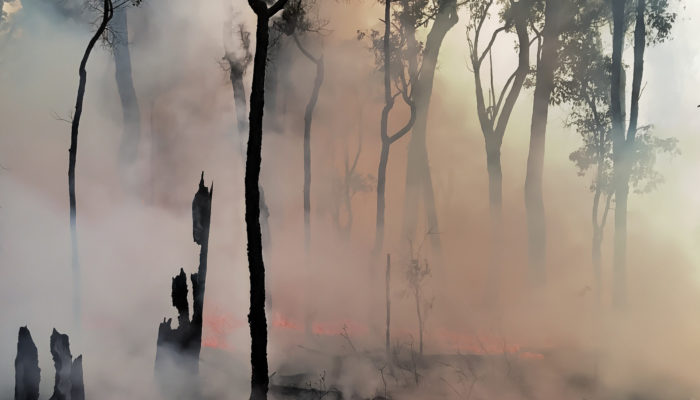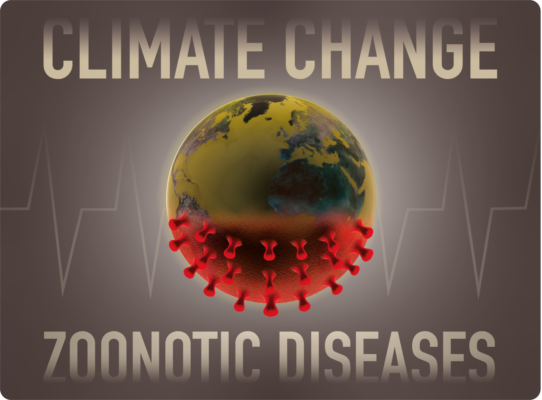The recent coronavirus outbreak (i.e., nCovID-19; Fig. 1) has caused global panic, along with widespread travel bans, home quarantines and country-wide lockdowns. The World Health Organization (WHO) declared nCoVID-19 as a pandemic as of March 11th, 2020 (WHO, 2020). To tackle this global health crisis, scientists are attempting to synthesize a vaccine, while countries are trying to mitigate the n ...[Read More]
Dear “climate sceptic”, do you have a fire insurance? – Climate policy under uncertainty

One often hears that ambitious climate policy might be premature while climate change is still “uncertain”. This sounds like a fair argument: The amount of global warming per doubling CO2 is not well constrained, and the amount of economic damage per degree of warming even less. But is this uncertainty a sound excuse to wait and see? Uncertainty, risk aversion, and insurance If you knew the ...[Read More]
Habits in numerical model construction
Numerical models are omnipresent in climate research. Constructed to understand the past, to forecast future climate and to gain new knowledge on natural processes and interactions, they enable the simulation of experiments at otherwise unreachable time and spatial scales. These instruments have long been considered to be fed – let even determined – by either theories or observations alone. ...[Read More]
What can artificial intelligence do for climate science?
What is machine learning? Artificial Intelligence, and its subfield of machine learning, is a very trending topic as it plays an increasing role in our daily life. Examples are: translation programs, speech recognition software in mobile phones and automatic completion of search queries. However, what value do these new techniques have for climate science? And how complicated is it to use them? Th ...[Read More]



